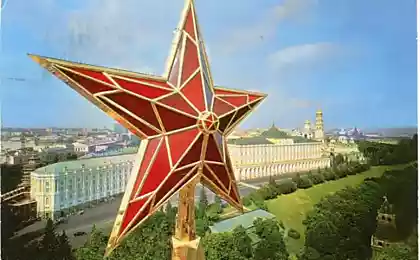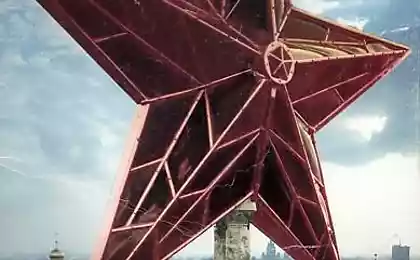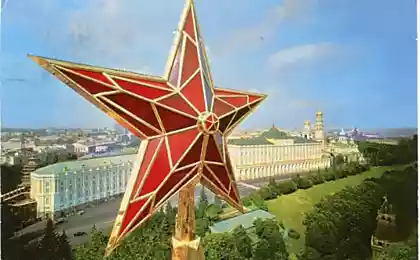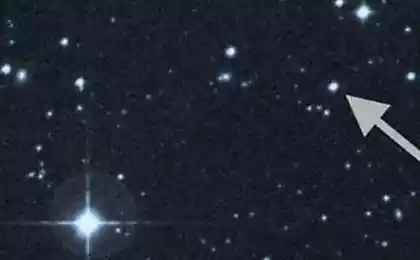1340
Stars do not give a molecule splits

Predicted the existence of a magnetic field of white dwarfs previously unknown mechanism of binding ...
It turns out that magnetism may be the most secret, which guarantees fortress "marriage" bonds between atoms in the stellar atmosphere. Computer simulations showed that a previously unknown type of strong chemical bond, apparently induced monstrous magnetic fields of stars.
If something like that will be able to reproduce in the laboratory, "magnetized material" probably could be used to create the coveted quantum computer.

White dwarf and its magnetic field (Figure Science).
Modern chemistry distinguishes only two classes really strong molecular bonds. This ionic bond, the formation of which the valence electrons of one atom are transferred to the "management" of the other, the more electronegative element, and covalent interaction, characterized by the union of valence electrons for general use by both atoms. However, quantum chemists from the University of Oslo (Norway) managed to accidentally open the third binding mechanism. It happened during the theoretical simulation of the behavior of atoms in magnetic fields up to 105 T tensions that at least 10 thousand. Times more powerful than that of the field, which can be obtained on Earth right now. The results of the study are presented in the journal Science.
At first, scientists have been studying the perturbation introduced in the ground-state energy of a diatomic molecule of hydrogen by an external magnetic field. It has been demonstrated that the dumbbell molecule spontaneously oriented in the direction of the external field, and the interatomic bond becomes shorter and more stable. When the researchers asked one of the energy level of electrons (their recall, in this molecule are only two) sufficient to break the bond in normal conditions, the molecule just turned perpendicular to the field and continued to exist.
That is to say, in this case, a new type of binding the atoms capable of holding together, which otherwise would be scattered to the sides.
The authors argue as follows: how electrons move with respect to the magnetic field lines (as well as their kinetic energy), it is equally important factor for chemical bonding, as well as the electrostatic attraction between the nucleus and the electrons for the existence of the atom itself. Depending on their molecular geometry are trying to navigate a way to allow their electrons rotate around the direction of the external magnetic field lines.
Well, in theory (also inside the computer program) can assume anything. And do all this practical sense? It turns out that the conditions used for theoretical calculations, are very real. Not on Earth, of course, and not even in the sun. Molecules can remain stable (related) in the very, very high temperatures in the atmospheres of white dwarfs and neutron stars, the intensity of magnetic fields which are just in the range of conducted simulation. However, today we are unable to personally observe such a state of matter. To do this, the scientists who discovered the unusual binding, will have to be more study of his model to understand, does the state found on the spectrum of the stars in any detectable way. Of course, it is theoretically possible model of matter and its successful simulation - it's great! But much more important to understand how it really realistic for practical astrophysics.
Based on the model of the same, its implementation in terrestrial conditions it is impossible, since such a magnetic field is the most shameless manner to change the chemical basis of everything that gets in the zone of influence, including the equipment itself experiment (which immediately cease to be such). For example, the bond lengths between the atoms in this field should be shortened by 25%. But despite this apparent obstacle, nothing can stop us from dreaming. For example, expressed the hope that "the magnetized state of matter", attainable in the laboratory, could be quite interesting and important properties for practical use.
In 2009, physicists have created a new weakly bound state of matter called Rydberg molecules. The latter, as some believe, could be used to transfer information in quantum computers. Rydberg molecules are very sensitive to magnetic effects, which means that the magnetic fields can be used to control the strength of binding, allowing the molecules to manipulate recording and preserving the quantum memory as we need.























